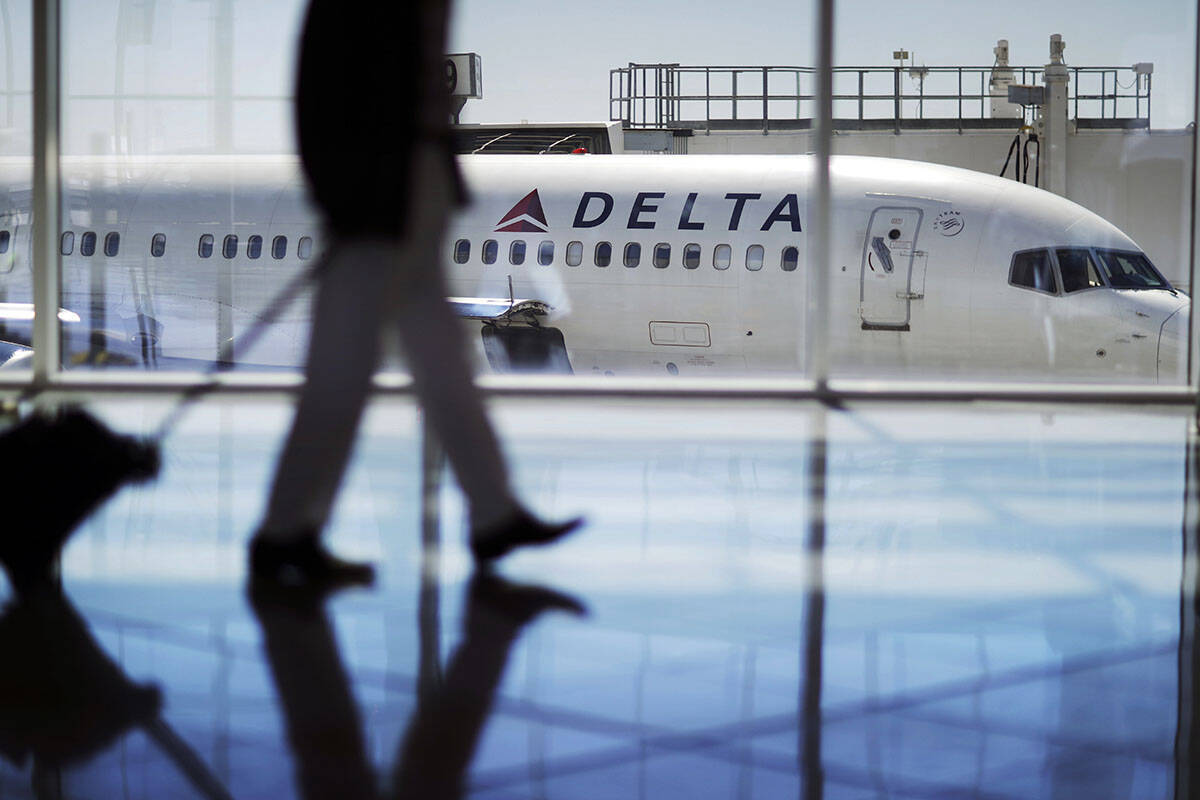EDITORIAL: TSA should double-down on efforts to streamline security
Tourism is this region’s lifeblood, so making travel more convenient is of the utmost importance to the Southern Nevada economy. There’s plenty of room for improvement when Harry Reid International Airport turns up as one of the nation’s worst major airports for security lines.
The Department of Transportation recently released a list of wait times at Transportation Security Administration checkpoints for the 31 largest American airports. Reid was the sixth-worst. It took passengers an average of 12 minutes to clear security. Fort Lauderdale-Hollywood International in Florida had the highest average times at more than 15 minutes.
The numbers aren’t awful when one considers that the agency’s goal is to get passengers on their way in less than 30 minutes.
In addition, a recent TSA survey found that 93 percent of passengers said they were satisfied with their experience at airport security, 91 percent said the wait times were tolerable, and 78 percent reported no challenges when going through the process.
Passengers also have an alternative in TSA PreCheck. For around $80, travelers can enroll in the program, which provides a more expedited screening process, often taking 10 minutes or less.
But if nearly 1 in 4 travelers experiences difficulties getting through security — and 1 in 20 reports not being treated with respect by TSA personnel, as the agency survey also found — there are opportunities to improve the overall experience.
One such effort is the Screening at Speed program being used on a trial basis at Reid. The process — currently available only to those in PreCheck — is akin to supermarket self-checkout.
“Travelers will use passenger and carry-on screening systems at individual consoles or screening lanes themselves,” the program’s manager noted in a statement last year, “reducing the number of pat-downs and bag inspections TSOs (transportation security officers) need to perform and freeing their time to be reallocated to the busier aspects of screening operations.”
The quicker this can be expanded to the general traveling population, the quicker travelers can be relieved of the more cumbersome aspects of security — removing shoes and belts, for instance — that are often the cause of delays and controversy.
“The ultimate goal of this is that it is all one-stop,” Jeffrey C. Price, professor of aviation and aerospace at Metropolitan State University of Denver, recently told The Washington Post. “You go in and you show your ID. It scans you, it scans your bags, you leave your little kiosk and off you go to the plane.”
Government agencies tend to move like molasses when it comes to making improvements and reforms. The TSA’s efforts to streamline the airport security process mustn’t fall victim to inertia.






















